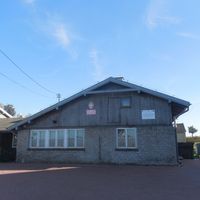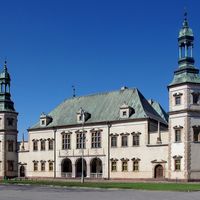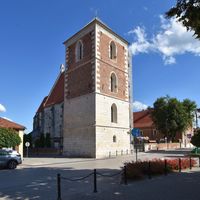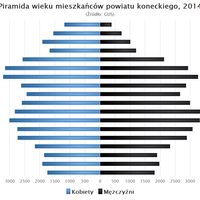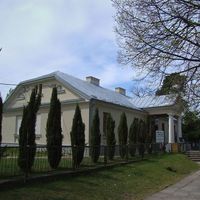Świętokrzyskie Voivodeship
8.44

Overview
The Świętokrzyskie Voivodeship, located in the southern part of Poland, is a region with rich geographical and historical characteristics. Its area is 11,710.50 km², making it one of the smallest voivodeships in the country. It borders regions such as Lublin, Łódź, and Małopolska, with its natural boundaries defined by the Vistula and Pilica rivers. The region is known for its diverse landscapes—from the Świętokrzyskie Mountains, with their highest peak Łysica, to river valleys. Interestingly, the voivodeship is home to some of the richest deposits of gypsum and limestone in Europe. Świętokrzyskie has a strong industrial tradition, linked to the Old-Polish Industrial Region, which has influenced the development of local urban centers. Culturally, the region stands out with its numerous historical monuments, such as the castle in Chęciny and centuries-old sanctuaries, including the Basilica at Święty Krzyż. Natural resources are protected through numerous landscape parks and protected landscape areas, attracting nature lovers and tourists. It is also worth noting the religious diversity present in the region—from Roman Catholicism to Protestant and Orthodox churches. The region is developing and becoming increasingly popular for tourism, with around 3.5 million visitors in 2013. The Świętokrzyskie Voivodeship is thus a place where history, nature, and culture intertwine in a unique way, offering diverse attractions for both residents and tourists.
Location
Country
2025 Wizytor | All Rights Reserved
